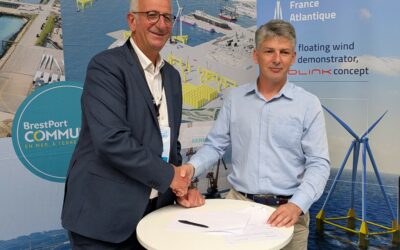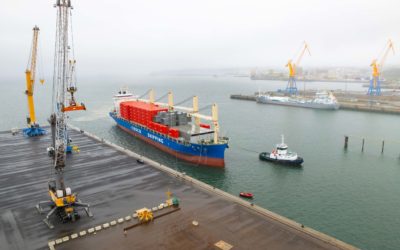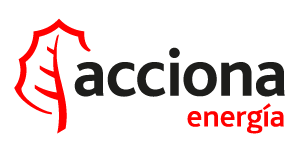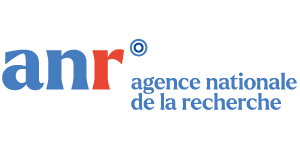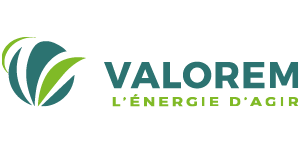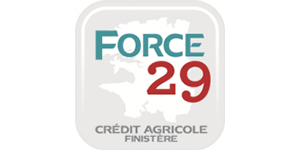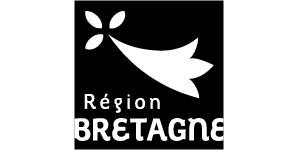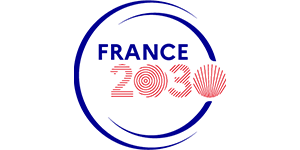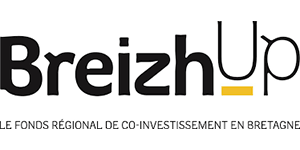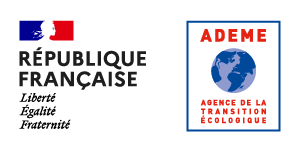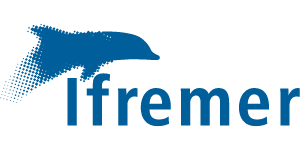Floating wind power
It is a future pillar of the energy transition, representing a huge potential to complement offshore wind farms.
About us
Eolink is developing an integrated turbine-float solution for floating wind turbines that can be industrialised on a large scale as part of the French and European industrial revival.
Our concept
A solution dedicated to floating offshore wind.
Our achievements
See the progress of our projects.
Latest news
The Port of Brest and Eolink strengthen their collaboration with the signing of a Memorandum of Understanding
The Port of Brest and Eolink...
Manufacturing Begins in Brest for Largest Floating Wind Turbine on French Atlantic Coast
EOLINK Sets Sail: Manufacturing Begins...
First offshore operations for our 5MW wind turbine at the SEM-REV test site!
First offshore operations for our 5MW...
France-Atlantique project 5 MW
The 5 MW pre-commercial unit will be connected to the grid and will provide electricity production equivalent to the consumption of 6,000 people.

